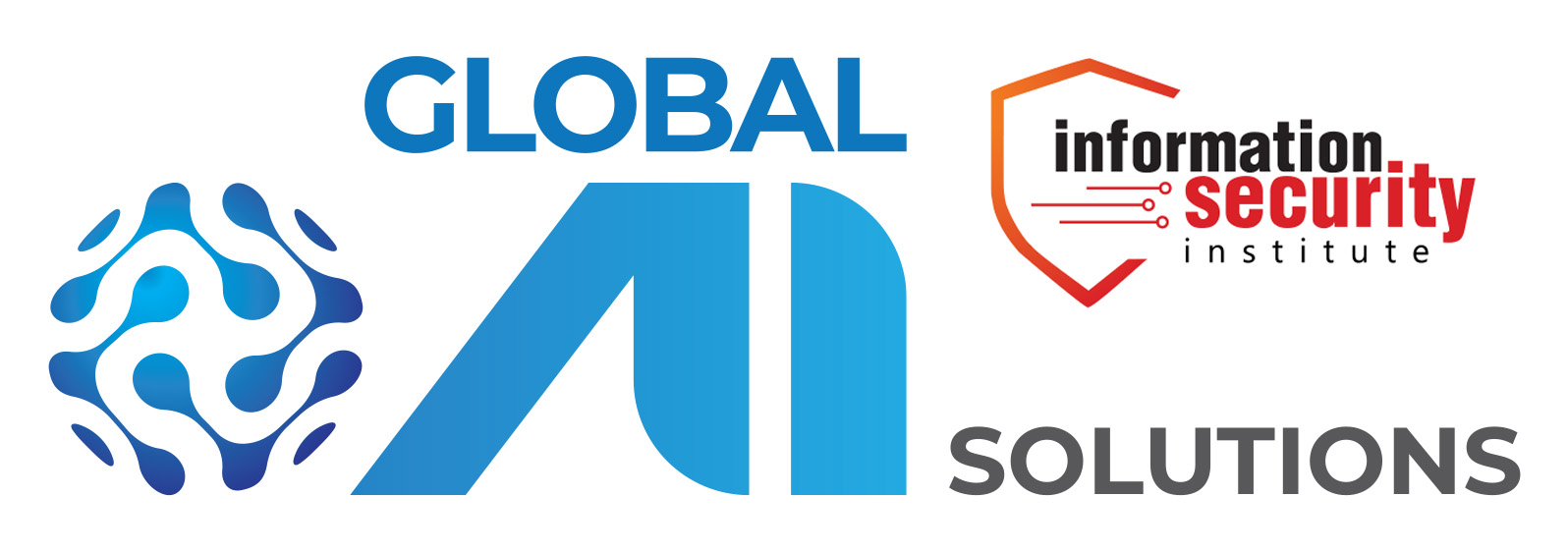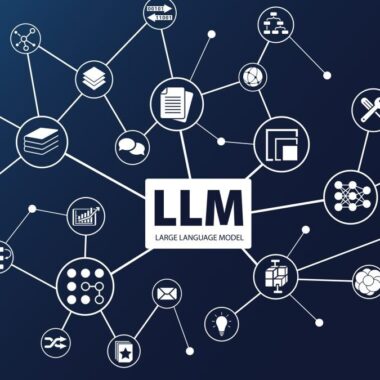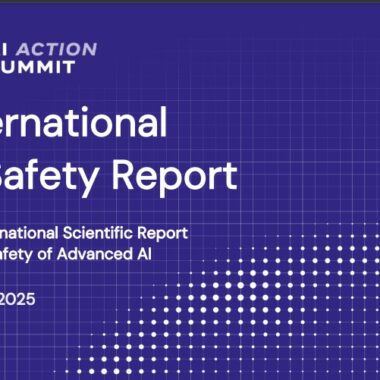As regulatory environments rapidly evolve, organizations face significant challenges in maintaining compliance and managing risks. The pace of change is unprecedented, and traditional compliance approaches—often manual and reactive—are increasingly inadequate for tackling regulatory changes’ growing volume and complexity. In this landscape, artificial intelligence (AI) emerges as a powerful solution, offering the potential to automate regulatory intelligence and enhance compliance processes.
The Challenge of Compliance in a Complex Landscape
Organizations today grapple with an ever-changing regulatory landscape. New regulations, amendments, and guidelines are introduced frequently, making it challenging to keep pace. Compliance teams often find themselves overwhelmed by the sheer volume of information they must process, interpret, and implement. Traditional methods that rely on manual processes and periodic audits can result in delays, errors, and increased exposure to compliance risks.
The consequences of non-compliance can be severe, ranging from financial penalties and legal repercussions to reputational damage. As such, organizations need innovative strategies to navigate this complex environment effectively.
How AI Transforms Regulatory Compliance
Integrating AI into compliance processes offers a transformative approach that addresses these challenges head-on. Here’s how AI can empower organizations to stay ahead of regulatory changes and improve operational efficiency:
- Automating Regulatory Intelligence
AI can significantly streamline the process of monitoring and interpreting regulatory updates. Advanced algorithms can analyze vast amounts of regulatory data in real-time, identifying relevant changes to your organization. By automating this process, compliance teams can quickly adapt to new regulations without becoming bogged down by manual data entry and analysis. - Enhancing Performance Through AI-Driven Analysis
AI-driven analytics provide insights that go beyond traditional reporting. By leveraging machine learning and natural language processing, organizations can better understand regulatory impacts and identify potential risks before they escalate. This proactive approach enables teams to make informed decisions based on data rather than reacting to changes after they occur. - Achieving Greater Agility
In today’s fast-paced regulatory environment, agility is crucial. AI empowers organizations to respond more quickly to regulatory changes by automating compliance tasks and facilitating real-time reporting. This agility helps organizations maintain compliance and enhances their overall operational efficiency, allowing them to allocate resources more effectively.
Join Us for Certification Events
To help organizations harness the power of AI in navigating regulatory challenges, we invite you to participate in our certification events. During these sessions, you will learn how to:
- Address Regulatory Changes with AI: Gain insights into the tools and techniques for implementing AI solutions that align your compliance processes with regulatory demands.
- Enhance Performance through AI-Driven Analysis: Discover how to leverage AI analytics to optimize compliance functions and improve risk management strategies.
- Employ AI for Greater Agility: Explore best practices for integrating AI into your organization’s compliance framework to enhance responsiveness and operational effectiveness.
Conclusion
As regulatory landscapes shift, organizations must evolve their compliance strategies to remain competitive and compliant. By integrating AI into regulatory intelligence and compliance processes, businesses can transform their approach from reactive to proactive. The benefits of AI extend beyond compliance; they foster a culture of innovation, efficiency, and strategic decision-making.
Don’t miss the opportunity to equip your organization with the tools and knowledge needed to thrive in this dynamic environment. Join our certification events and take the first step towards a more agile, AI-driven compliance strategy.





